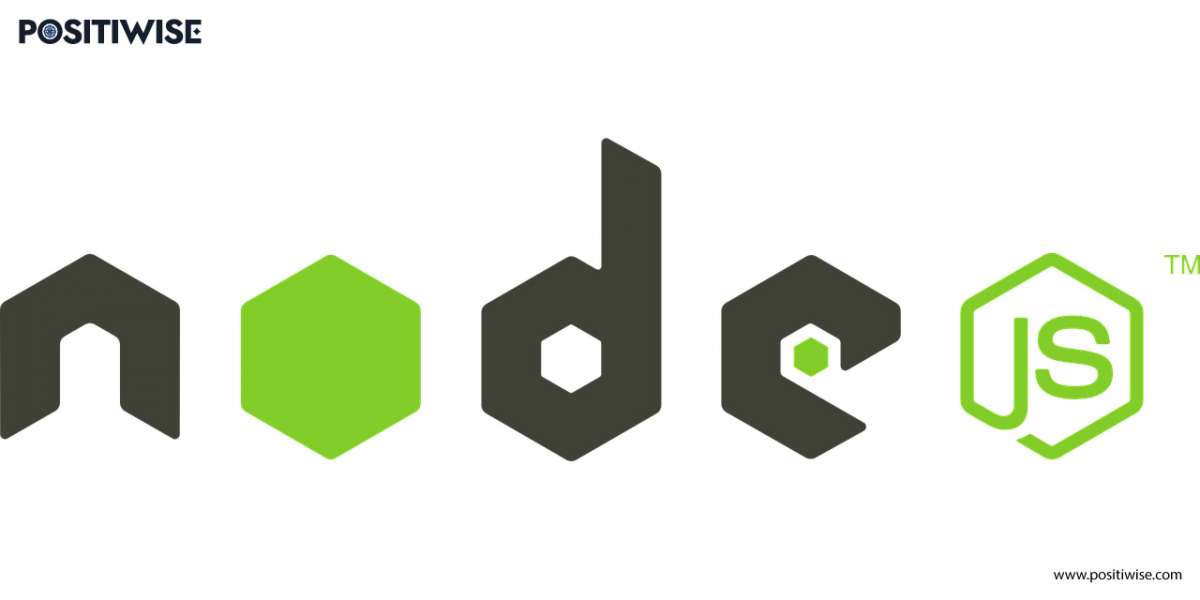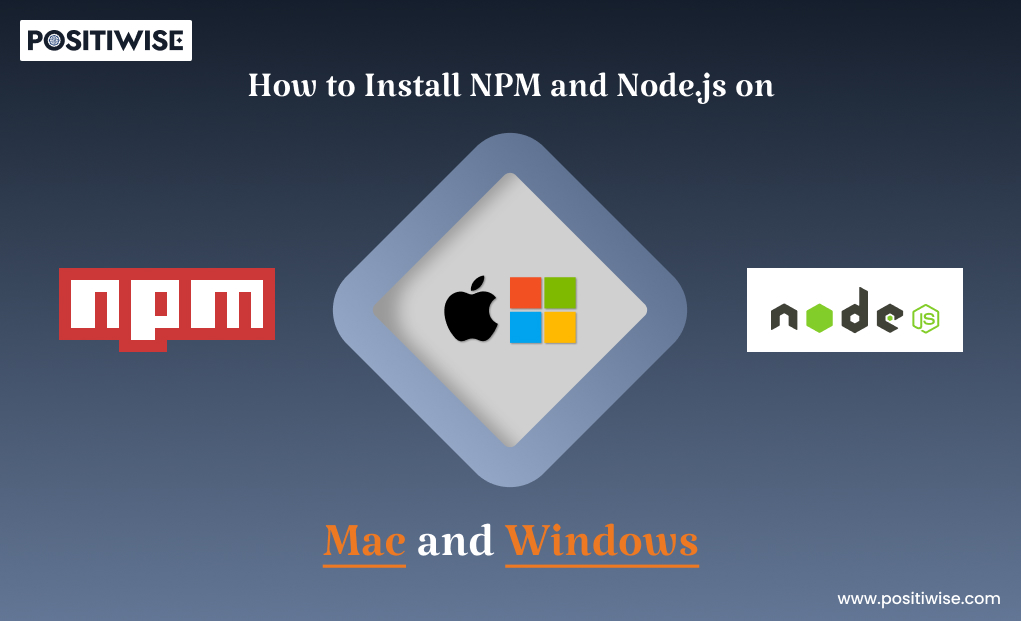Quick Overview:
Choosing the best backend framework is crucial for building robust and efficient web applications. When it comes to the top contenders in the field, NodeJs vs Python often takes center stage, each with its own strengths and dedicated developer communities.
While Node.js has gained immense popularity for its scalability and event-driven architecture, Python boasts versatility and a vast ecosystem of libraries. So, the query appears: Which one should you choose for your backend framework? Evaluating their respective characteristics, performance, and suitability for your specific project requirements is essential to make an informed decision.
This article will compare their performance benchmarks and scenarios when to use each. By exploring different aspects of each framework and comparing them, you’ll gain valuable insights that will help you make an informed choice, ensuring your backend development journey is off to a promising start.
Key Differences: Node.js vs. Python
1. Architecture: NodeJS vs Python
- Node.js is an event-driven environment suitable for developing chat applications and web games due to its asynchronous input/output capability.
- Python requires special tools like asyncio (Asynchronous I/O) to build asynchronous and event-driven apps. Node.js is praised for its event-driven architecture, giving it an advantage in this aspect.
2. Speed: Node.js vs. Python
- Node.js is renowned among developers and programmers for its phenomenal performance due to the V8 engine and the capability to run code outside the web browser, making it more resource-efficient. Its event-driven, non-blocking architecture allows for faster code execution.
- Although an interpreted language like Node.js, Python.org is slower and not the best choice for Speed and performance. Interpreted nature and Python’s Global Interpreter Lock (GIL) can limit performance for highly concurrent applications. Node.js receives a point for its speed advantage.
3. Syntax: Node.JS vs Python
- Node.js has a syntax that closely resembles JavaScript, which benefits developers already familiar with JavaScript. However, programming novices may need help starting with Node.js due to its JavaScript-based Syntax.
- Whereas Python’s concise Syntax and lack of curly brackets {} make it easier to read, debug, and write code in fewer lines than Node.js. It is praised for its clear and straightforward Syntax. Overall, Python earns praise for its clear and straightforward Syntax.
4. Scalability: Python vs. NodeJS
- Node.js web development offers scalability through a modular approach with microservices and easy horizontal and vertical scaling.
- Python, however, needs to be revised (faces limitations) in scaling due to the Global Interpreter Lock and its dynamically typed nature. Node.js comes out as the winner when comparing the scalability of both languages.
5. Extensibility: Python vs Nodejs
- Both of these programming languages in discussion can be easily extended and integrated with various tools, frameworks, and libraries.
- Both technologies receive a point for their Extensibility.
6. Libraries of NodeJs and Python
- Node.js manages libraries and packages through Node Package Manager (NPM).
- Python uses Pip Installs Packages (Pip). Both languages are swift, dependable, and easy to use; each receives a point in this category.
7. Universality: Node.js vs Python
Node.js is primarily utilized for back-end framework, but you can also use this programming language for developing web, IoT, and desktop applications. Nodejs also boasts cross-platform compatibility.
Python, also being a cross-platform language, supports you in building apps, like:
- Web development
- Desktop applications
- 3D modeling, etc.
As both languages offer tremendous versatility, it’s valid to give a point to each of them.
8. Learning Curve: Python and Node.js
- Node.js, being JavaScript-based, is effortless to learn if one has prior knowledge of JavaScript. Python is relatively more comfortable to learn due to its simple syntax and compact code.
- The entry threshold for Node.js is low, but Python’s simplicity gives it an advantage. Both languages receive a point.
9. Community: Node.js vs Python
- Node.js and Python have large, active, mature communities with extensive user support and contributions.
- Both technologies receive a point for their strong communities.
10. Applications: NodeJS and Python
- Node.js is well-suited for apps with concurrent requests, heavy client-side rendering, & real-time features like IoT solutions, chatbots, streaming platforms, etc.
- Python is suitable for diverse domains, like data science, machine learning, image processing, game development, etc. As suitability depends on specific requirements, neither of the programming languages gets the point in this category.
NodeJS vs. Python – Comparison Table
| Benchmark | NodeJS | Python |
|---|---|---|
| Architecture | Event- Driven, suitable for chat apps and web games | Requires special tools for asynchronous and event-driven apps |
| Speed | Phenomenal performance, faster execution due to V8 engine and non-blocking architecture | Slower due to interpreted nature and Global Interpreter Lock (GIL) |
| Syntax | Resembles JavaScript beneficial for JavaScript developers | Concise, easier to read, write, and debug |
| Scalability | Modular approach, easy scaling horizontally and vertically | Limitations due to Global Interpreter Lock and dynamically-typed nature |
| Extensibility | Easily extended and integrated with various tools, frameworks, and libraries | Easily extended and integrated with various tools, frameworks, and libraries |
| Libraries | Managed through Node Package Manager (NPM) | Managed through Pip, both are reliable and easy to use |
| Universality | Used for back-end, web, IoT, and desktop applications, cross-platform compatible | Used for web development, desktop applications, 3D modeling, cross-platform compatible |
| Learning Curve | Effortless if familiar with JavaScript | Relatively more comfortable |
| Community | Large, active, & mature community | Large, active, & mature community |
| Applications | Suited for real-time features and heavy client-side rendering | Suitable for data science, machine learning, game development, etc |
Pros of Node JS over Python
Node.js is great for building fast, scalable network applications and services where code can be shared between server and client. The async model and huge module ecosystem are key advantages.
- Asynchronous I/O: Node.js is designed for asynchronous I/O powered by its event loop and callbacks. This makes it very fast for real-time services and IO-intensive workloads.
- npm ecosystem: Node.js has the largest ecosystem of open-source libraries with npm. This makes it easy to find and integrate with a variety of useful modules.
- Frontend integration: Node.js uses JavaScript, making it easy to reuse code and developers between frontend and backend.
- Scalability: The event loop model enables very high scalability in Node.js for concurrent connections. Ideal for building networked services.
- Full-stack development: Node.js can be used for both server-side and client-side code, reducing context switching for full-stack devs.
Pros of Python over Node JS
Python provides a highly productive and versatile programming experience a great for scripts, automation, AI, and scientific computing. The synchronous coding style and vast, high-quality libraries give it an edge.
- General purpose language: Python is a general purpose language great for a wide variety of tasks like AI, data science, automation, web backends, etc. Node.js is more specialized for networked services.
- Synchronous programming: Python has simpler synchronous, imperative-style code, while Node.js is largely event-driven and callback-based.
- Readability: Python code tends to be more readable and intuitive with its enforced coding standards.
- Libraries: Python has a huge collection of high-quality libraries for tasks like machine learning, image processing, mathematics, etc.
- Speed: Python runs very fast for CPU-bound tasks thanks to interpreters like CPython. Node.js is faster for I/O-bound programs.
When to Utilize Python?
Python can be a fantastic choice for a back-end framework in scenarios where code simplicity, readability & maintainability are prioritized. You can also pick it as your first choice if the project requires functionality in domains like data science, machine learning, image processing, game development, etc.
When to Use Node.js?
Node.js is an ideal choice for back-end frameworks in scenarios that involve chat applications, web games, real-time features, heavy client-side rendering, or applications with concurrent requests. Its exceptional performance, scalability, JavaScript-based syntax, extensive library ecosystem, & supportive Community make it a compelling option for developers.
Examples of Sites/Apps Developed with Node JS
- Mozilla
- Uber
- eBay
- PayPal
- Netflix
- Groupon
- Nasa
Examples of Sites/Apps Developed with Python
- Amazon
- Dropbox
- IBM
- BitTorrent
- YouTube
Hire a Skilled Python Developer and Elevate Your Projects. Tap into the Power of Python’s Versatility and Efficiency. Don’t wait, make your software dreams a reality today!
Conclusion
Selecting the appropriate language depends on project requirements, team expertise, scalability needs, performance considerations, relevant libraries, and availability of community support. Developers should carefully evaluate these factors and pick the technology that best aligns with their project goals.
As per our comparison, using Node.js is more advantageous than using Python for a back-end framework.
Expert in Marketing Strategy and Brand Recognition
Jemin Desai is Chief Marketing Officer at Positiwise Software Pvt Ltd, he is responsible for creating and accelerating the company’s marketing strategy and brand recognition across the globe. He has more than 20 years of experience in senior marketing roles at the Inc. 5000 Fastest-Growing Private Companies.






